By Guy Dauncey
There is a forest in Germany that people are talking about. While most of Germany’s forests are in a sorry state, losing their magic, losing nature and lacking older trees, this forest is gaining magic and supporting nature while providing its foresters with a steady income.
The forest belongs to the city of Lübeck, a beautiful Hanseatic port north-east of Hamburg, close to Denmark, whose tourist officers have labelled it ‘The Venice of the North’ because of its many canals, just as ours have labelled the Cowichan Valley ‘The New Provence’. Its community forest, some 5,000 hectares in size, is mostly beech and oak, mixed with ash, maple, hornbeam, elm, birch and alder, with some coniferous spruce, pine, larch and Douglas fir.
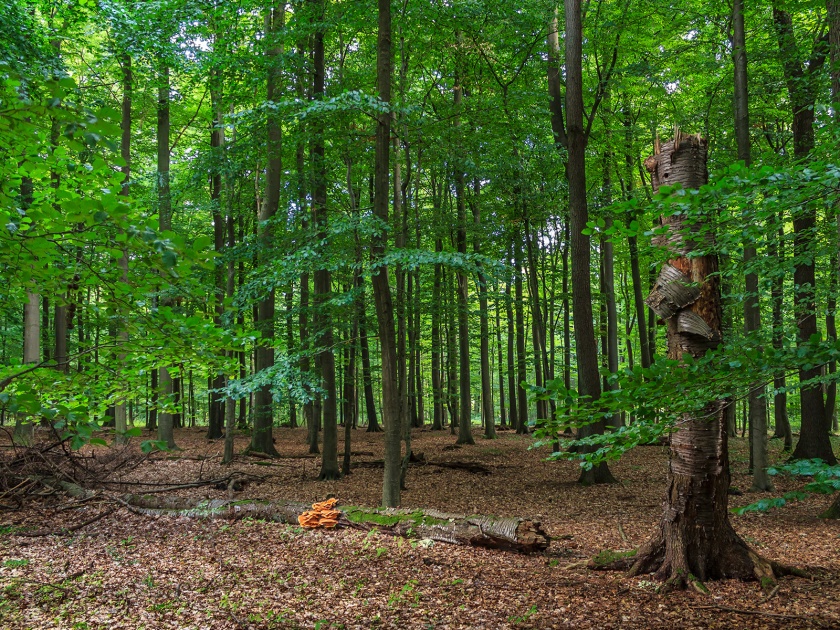
The land has been covered by forest for more than two hundred and fifty years, but in 1994 Lübeck’s chief forester proposed a change in the way it was managed. Instead of the conventional method of logging with heavy machinery followed by replanting he wanted to try a new approach called ‘close to nature’, or ‘near-natural forest use’, which was developed in cooperation with scientists and nature conservationists. The city approved the change to “use wood and preserve the forest”, the citizens endorsed the change by referendum, and the forest has been managed this way ever since.

The city manages its forest with four objectives in mind. First, to be a natural forest for the people of Lübeck to enjoy, where nature can teach the residents of Lübeck and visitors about the natural functions of a forest and how a healthy forest can help sustain life on the planet. Second, to meet the commercial needs of the forest industry through sustainable management, with a focus on felling large trees on a needs basis, with buyers going into the forest to select the trees they want. Third, to contribute to the conservation of nature, enhancing biodiversity through the preservation of natural habitats. And fourth, to be a store of carbon, contributing to efforts to slow the climate crisis.
The chief forester, Knut Sturm, says their primary rule is to allow the forest to follow its own ecological nature. He uses the phrases ‘close to nature’ and ‘near-natural forest use’ to describe their guiding principles. Over the long-term, he seeks a forest management path that will yield the lowest risk and the most productive development. To achieve this, he and his team of thirty district foresters and forest workers harvest mature trees while working to improve the closeness of the forests to nature and to raise the quality of the remaining trees.

In practical terms, this means no clearcuts; no use of toxins or fertilizers, ensuring that forest-walkers can breathe pure air; no drainage of wetlands; no surface clearing or slash-burning of brush piles; no work during ecologically sensitive seasons (spring and summer); and no use of large machines that would damage and compact the soil. Large trees are felled individually or in groups of two or three. They are dragged out of the forest by horses, which slalom their way between the trees, having minimal impact on the soil, and brought to assembly areas where they are winched onto trucks and taken to a local sawmill.

Soil impact is a big consideration for Knut Sturm and his team. They are inspired by the findings in the book The Hidden Life of Trees: What They Feel, How They Communicate—Discoveries from a Secret World by the German forester Peter Wohlleben, who has worked alongside Suzanne Simard, a professor of forest ecology at UBC. The trees have an underground network of canals and pores that aerate the soil, ensuring water absorption and the conveyance of nutrients. The roots are connected by fungi, enabling them to exchange information about water and nutrients. When soil is loose, the trees root more deeply, giving them better protection against storms. When the soil is compacted by heavy machinery their roots have to grow closer to the surface, making them more susceptible to blow-down.

471 hectares are left entirely untouched to serve as reference areas for nature’s ways; the goal is that the managed areas should look almost identical to the reference areas. They never plant any trees, but leave that to nature, and the millions of seeds that fall each October. In doing so, they have learnt that trees germinated naturally grow better than sown or planted trees, the same lesson that our local ecoforester Merv Wilkinson learnt in his forest at Wildwood, Cedar, just north of Ladysmith.
They protect wildlife trees and dead trees for birds, bats, insects and fungi, and are proud that their forests support otters, the endangered black stork, and 180 pairs of breeding middle-spotted woodpeckers, whose numbers have increased significantly in recent years.

On good beech tree sites, where trees are competing, thinning is done two or three times until the trees reach 40 cm diameter at breast height, after which no further thinning is needed to improve the quality of the beeches. The target diameters for commercial felling are 45 cm for spruce, 50 cm for pine, 75 cm for beech and 80 cm for oak.
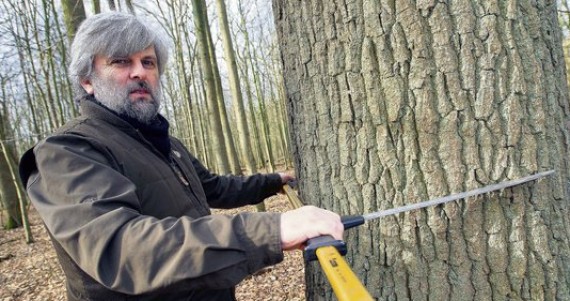
So what of their timber data? I know this will be of interest to those who want to consider different ways to manage North Cowichan’s Municipal Forest, which is a similar size. Lubeck’s goal is deliberately not to maximize the forest yield; they want to balance social, ecological and economic needs, while growing the forest as a whole. In the timber-managed area of 4,670 hectares, in 1996 the forest held 315 cubic metres of timber per hectare (m3/ha). By 2004 this had increased to 340 m3/ha and by 2018 to 429 m3/ha. In 1994 the annual incremental growth was 8-10 m3/ha; now it is 10-12 m3/ha. Their goal is to reach a total forest inventory of 600 to 800 m3/ha, both as a store of carbon and as the forest recovers its old-growth characteristics. For a comparative table, see below.
In 2016 they cut 14,500 m3 at a rate of 3.2 m3/ha, including 800 m3 of high-quality oak, which sells for around 430 euros per cubic metre (Can $609). They also provided 2,500 cubic metres of timber for firewood and other wood products for the people of Lubeck. On average, the trees felled are 10-20 cm wider than those felled in conventional forests. The older a beech tree, the firmer its wood, and the more it sells for. Their rule of thumb is that wood from deciduous trees should sell for three times the harvesting cost, while coniferous wood should sell for 1.5 times. Of the 14,500 cubic metres felled, 3,500 m3 was left in the forest for soil improvement and as dead wood, and 11,000 m3 were sold:
- 3,500 m3 high-quality deciduous: 75% value-added products, 25 % firewood
- 1,000 m3 low-quality deciduous: 20% value-added products, 70% building timber, 15% firewood
- 6,500 m3 coniferous: 20% value-added products, 65% building timber, 10% pulp
By following their ‘close to nature’ methods their costs have been reduced drastically, and their timber, since it has been certified by the Forest Stewardship Council, sells for a premium. The Otto Group, which has pledged itself to offer exclusively FSC certified furniture until 2025, has shown a great interest in the Lübeck forest. On average, the sale of timber generates $1.9 million a year.

Their employees do not just work at their forestry jobs. Theirs is a municipal forest pursuing multiple objectives, so they are also responsible for the maintenance and care of the nature reserves, and 250 kilometres of hiking, equestrian and cycling trails. The trails are well-used, with more than 120 events including many educational school trips a year, as well as daily enjoyment by Lübeck’s citizens.
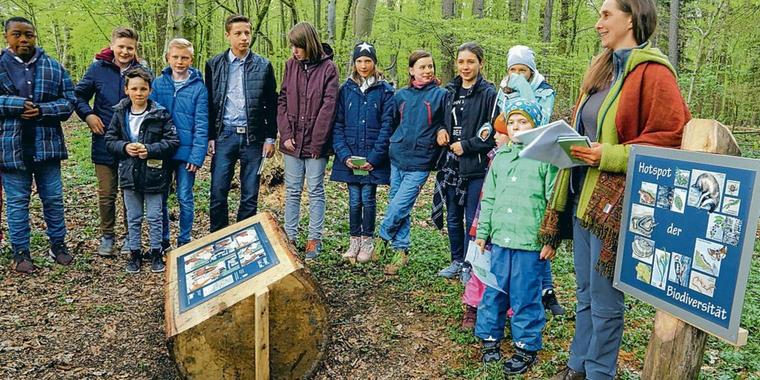
Germany’s environmental and business communities have sat up and paid attention to what’s happening in Lübeck. They have been supported by large organizations such as Greenpeace, Friends of the Earth and Robin Wood, and have received awards from the European Paper Industry and Germany’s Federal Ministry of Environment. In 2018, Dr. Lutz Fähser (Chief Forester from 1994-2009) and Knut Sturm were awarded the renowned B.A.U.M. Environmental Prize for their role in making Stadtwald Lübeck an internationally recognized role model for near-natural forest-use and sustainable forest management. The B.A.U.M. award is one of the best-known and most coveted sustainability awards among German companies.
 Dr. Lutz Fähser and Knut Sturm
Dr. Lutz Fähser and Knut Sturm
Lübeck’s public is happy too. In 2017, two-thirds of respondents to a survey said they preferred the wilder forest look and feel to more orderly conventional forests. Social acceptance by environmental organizations and by the citizens of Lübeck is important, providing an important foundation for successful forestry. Their methods of ecoforestry have recently been adopted by other German cities, including Berlin, Munich, Bonn, Saarbrucken, Wiesbaden, Hannover, Uelzen, Mühlheim an der Ruhr and Göttingen.
Our Coastal Douglas fir forests on Vancouver Island are a world away from Germany’s forests of beech and oak, but forests follow nature’s rules all over the world. The parallels between Lübeck’s experience and ours in North Cowichan are fascinating, and I hope they receive further exploration. Merv Wilkinson operated his much smaller Wildwood forest on these principles for seventy years in Cedar, south of Nanaimo. He harvested the annual growth without any clearcutting, and after sixty years his forest had more timber in it than when he started, showing that the ‘close to nature’ method of managing a forest can happen here too, on Vancouver Island.

Coastal Douglas fir forest at Wildwood, managed on the same principles as Lübeck
To learn more about Lübeck’s experience, find yourself a German speaker and settle down to enjoy these videos, which take you into the forest itself.
www.tinyurl.com/lubeckforest2 www.tinyurl.com/lubeckforest3
| North Cowichan | Lubeck | |
| Size of harvestable forest (hectares) | 5,000 | 4,670 |
| Size of no-harvest reference forest (hectares) | 0 | 471 |
| Total timber volume per hectare (cubic metres) | 486 | 429 |
| Average annual allowable cut (cubic metres) | 20,000 | 14,500 |
| Actual cut in 2017 (cubic metres) | 10,585 | 14,500 |
| Replanting (seedlings in 2017) | 49,000 | 0 |
| Average clearcut block size (hectares) | 7 | 0 |
| Jobs created (2017) | 8.5 | 30 |
| Income (2017) | $1,152,000 | $1,900,000* |
*Average income, 2015-2018.
Many thanks to Knut Sturm and Torsten Welle and the Naturwald Akadamie in Lübeck for their assistance. More Lübeck photos below.
Published in Valley Voice, February 2019.
Hyla Woods, Oregon. Another great example of ‘close to nature’ forestry on 1,000 acres: http://hylawoods.com/about/video
Guy Dauncey is President of the Yellow Point Ecological Society and the author of Journey to the Future: A Better World is Possible. www.journeytothefuture.ca
Where Do We Stand? Sign the Petition to North Cowichan Council
https://www.wheredowestand.ca/letter-to-the-mayor-and-council-january-2019
Save our North Cowichan Community Forests – Watch the video
March 5th, Community Assembly in Duncan
On Tuesday March 5th: The Secret of the Six Forests: A Community Assembly for Public Forests, in the Performing Arts Centre, Duncan. Speakers include Icel Dobell, Andy McKinnon, Erik Piikkila and Guy Dauncey.


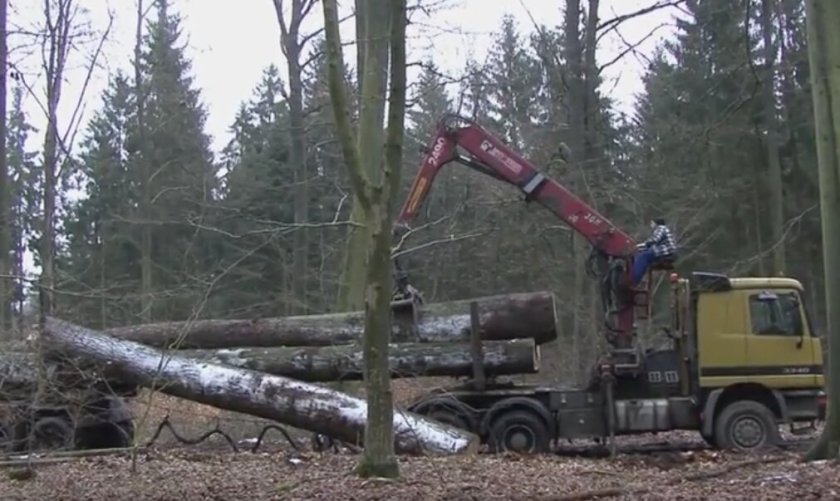


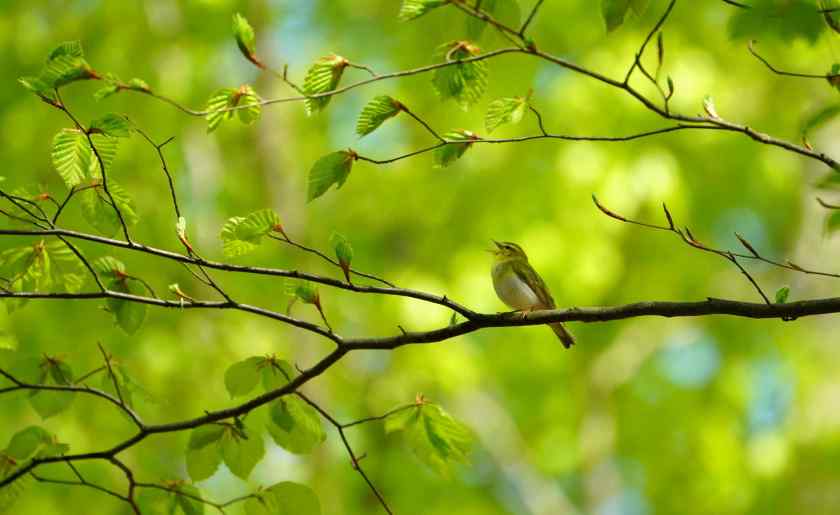
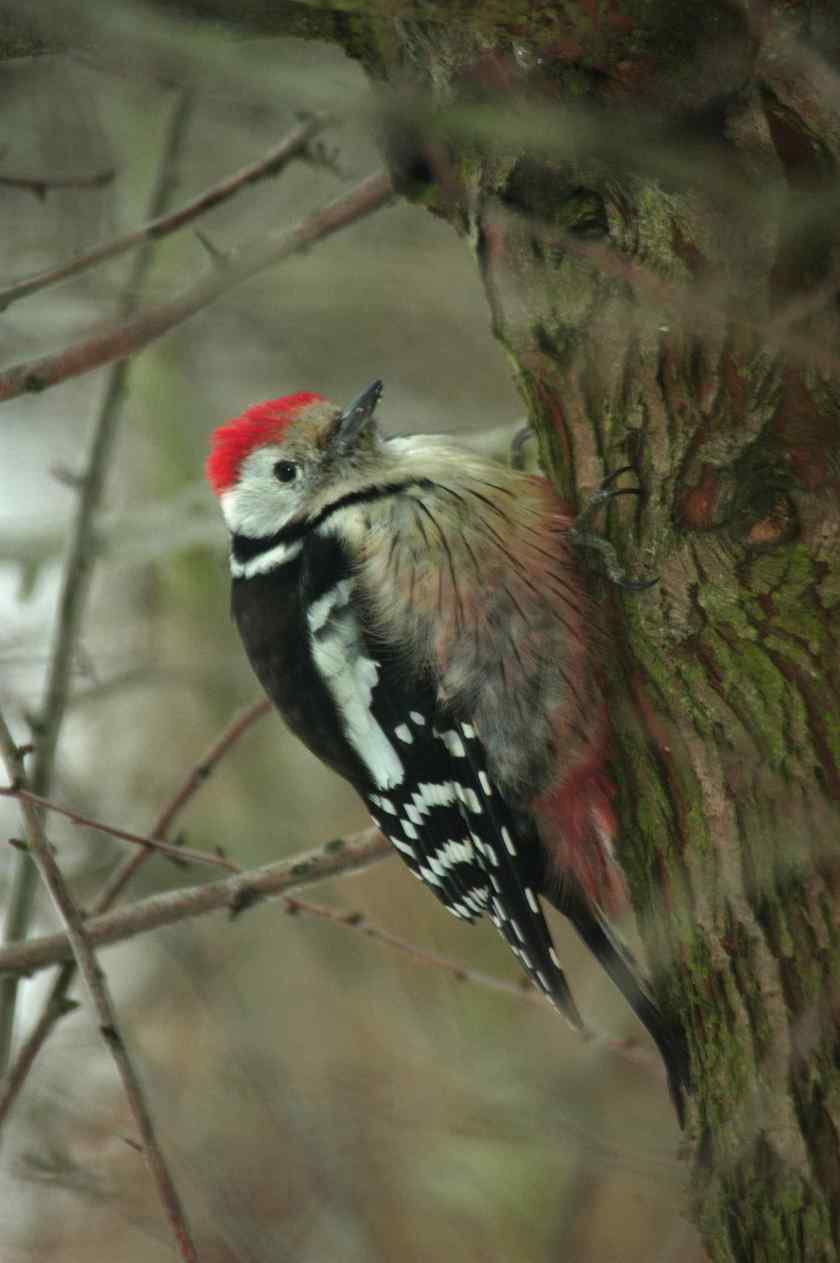


This is brilliant. I am close to tears when I watch the steady stream of logging trucks on Vancouver Island. Why do we clear cut our forrest-even in patches- and still talk about the importance of carbon sequestration? Who makes these decisions? The Money Market. We even export pulp . And no jobs for our youth. Lots of money at the top. Climate change is just beginning to be felt. What future are we leaving our children?
You have my respect, admiration, and support. Thank you for bringing this hope and positivity to me today.
LikeLiked by 1 person
Many thanks!
LikeLike
Wonderful article, Guy. Thanks for sharing it.
LikeLike
Environmental and Socio-Economic values all addressed at a higher revenue. What a great chart Guy and thanks for all your time to create an informative and visual article.
LikeLike
Excellent article , Guy! The Luebeck model is not really new in Germany, but a prime example of what can be done re sustainable forest management. Community forests are part of the solution for better forest management. Concessions and Crown Timber Leases are the worst worldwide. They are responsible for large scale forest destruction on all continents!
A similar “Standortgerechte Bewirtschaftung” definitely benefit our North Cowichan Community Forest.
Thanks for all your contributions to creating a better world. Let’s hope that it is not too late yet to save the planet!
LikeLike
Definitely the proper way to manage a forest. Great article. I hope it reaches some decision makers in the B.C. forestry.
LikeLike
The big problem here (Oceanside) is private forests. Joanne’s working on that now with a dedicated group here. If not stopped, there won’t be much forest left in this area. Apparently Greenpeace has organized a protest for this coming Wednesday (6 Feb). Might be worth looking into, Guy! Great article.
LikeLike